Evaluierung von Subventionsprogrammen
Diese Forschungsgruppe untersucht die Effekte von Produktions- und Wissensnetzwerken auf die Produktivität von Unternehmen und Regionen. Darüber hinaus werden Wirkungen staatlicher Förderprogramme für Forschung und Entwicklung sowie regionalpolitischer Programme auf die Leistungsfähigkeit von Unternehmen und Regionen evaluiert.
Zentrum für evidenzbasierte Politikberatung (IWH-CEP)
Forschungscluster
Wirtschaftliche Dynamik und StabilitätIhr Kontakt

Mitglied - Abteilung Präsidialbereich
PROJEKTE
09.2019 ‐ 09.2022
Etablierung einer evidenzbasierten Evaluationskultur für industriepolitische Fördermaßnahmen in Deutschland (EVA-KULT)
Europäischer Fonds für regionale Entwicklung (EFRE)
Das Vorhaben dient dem Ausbau des Zentrums für evidenzbasierte Politikberatung am Leibniz-Institut für Wirtschaftsforschung Halle (IWH-CEP).
01.2018 ‐ 12.2020
Vernetzt wachsen - Innovatives Sachsen-Anhalt durch digitale Geschäftsmodelle (Kompetenzzentrum 4.0)
Bundesministerium für Wirtschaft und Energie (BMWi)
01.2017 ‐ 12.2018
Politische Partizipation in Ostdeutschland
Bundesministerium für Wirtschaft und Energie (BMWi)
12.2015 ‐ 11.2018
Sozioökonomische Effekte der Erforschung innovativer Ansätze für die POC-Diagnostik
Bundesministerium für Bildung und Forschung (BMBF)
Teilvorhaben im Verbundprojekt “POC-Sensorplattform für chronisch-entzündliche Atemwegserkrankungen (EXASENS)”. Neun Leibniz-Institute arbeiten gemeinsam im Pilotprojekt EXASENS an der Erforschung einer Point-of-Care-Technologie zur Vorhersage und Diagnose von chronisch-entzündlichen Atemwegserkrankungen. Der Verbund wird vom Bundesministerium für Bildung und Forschung (BMBF) mit 6,25 Millionen Euro gefördert und liefert einen Beitrag zum Ausbau und zur Stärkung des Themenfeldes Gesundheitstechnologien.
Vgl. Pressemitteilung des Leibniz-Institut für Photonische Technologien (IPHT), Jena.
02.2017 ‐ 02.2018
Bedeutung außeruniversitärer Forschungseinrichtungen für die Entwicklung von Betrieben und Regionen
Bundesministerium für Bildung und Forschung (BMBF)
01.2015 ‐ 12.2016
Evaluierung der GRW-Förderung in Sachsen-Anhalt
Investitionsbank Sachsen-Anhalt
Referierte Publikationen
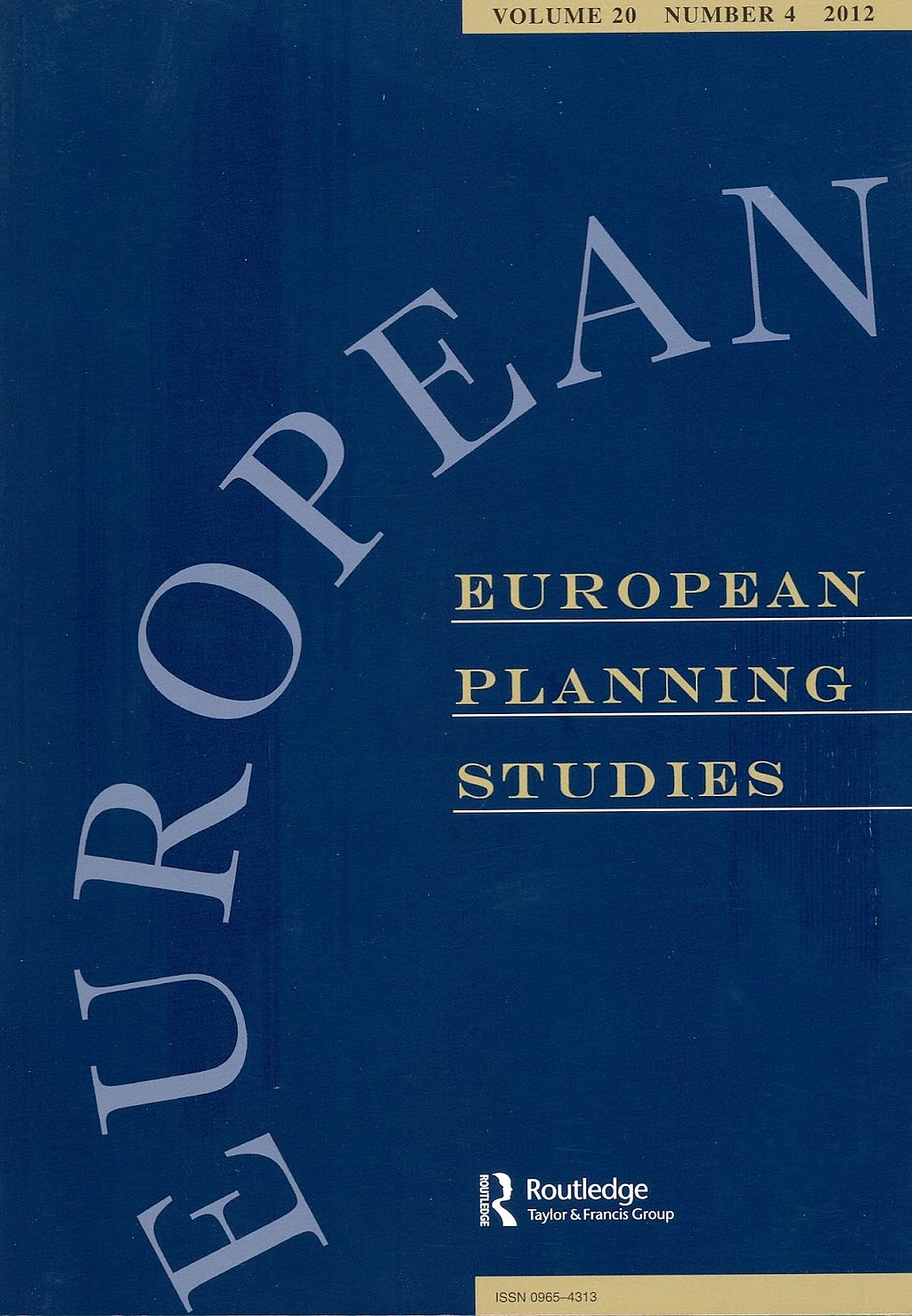
Regions as Selection Environments? The Emergence of the Solar Industry in Germany from 1992 to 2008
in: European Planning Studies, Nr. 11, 2013
Abstract
The spatial evolution of the German solar industry is analysed in the light of the “window of locational opportunity” and the “selection environment” approach. The paper argues that differences in the regions' ability to promote the emergence of local external economies contribute to increasing regional differentiation in the German structure of the industry. Applied empirical methods enclose longitudinal firm entry and network analysis. A special focus is given upon the realignment processes in the science system. Our findings show a relatively rapid spatial concentration of production in eastern Germany since the year 2000. This process is accompanied by intensified networking between firms and between firms and universities as well as research institutes. The responsiveness of regional institutions and the self-organizing capabilities of the solar firms substantiate some propositions of the “selection environment” approach.
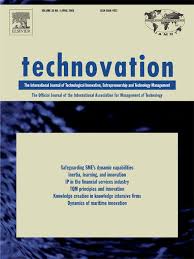
What Drives Innovation Output from Subsidized R&D Cooperation? — Project-level Evidence from Germany
in: Technovation, Nr. 6, 2012
Abstract
Using a large dataset of 406 subsidized R&D cooperation projects, we provide detailed insights into the relationship between project characteristics and innovation output. Patent applications and publications are used as measures for the innovation output of an R&D project. We find that large-firm involvement is strongly positively related with the number of patent applications, but not with the number of publications. Conversely, university involvement has positive effects on projects’ innovation output in terms of the number of publications but not in terms of patent applications. In general, projects’ funding as measure of projects’ size is an important predictor of the innovation output of R&D cooperation projects. No significant effects are found for the number of partners as (an alternative) measure of projects’ size, for spatial proximity between cooperation partners, for the involvement of a public institute for applied research, and for prior cooperation experiences. We derive conclusions for the design of R&D cooperation support schemes.
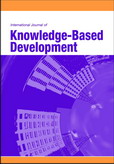
A Systemic View on Knowledge-based Development Metrics
in: International Journal of Knowledge-Based Development, Nr. 1, 2012
Abstract
Drawing on the systems perspective of innovation processes, this article proposes a conceptual approach for a comprehensive analysis of regional knowledge generation and transfer. Instead of focusing on one single indicator, the approach emphasizes the importance to take multiple channels of knowledge transfer into account. This provides valuable insights into the spatial structure of innovation processes on different levels. We disentangle the innovation process and consider four different layers: i.) publications in peer-reviewed journals, ii.) patent applications, iii.) formal R&D collaboration projects, the iv.) localized input-output relations. Further, we demonstrate the relevance of the „multi-layer approach‟ by applying it empirically to a specific regional innovation system: The Free State of Saxony – a federal state in Germany. We argue that the approach could be a valuable tool to inform policy-makers about knowledge-based regional development strategies.
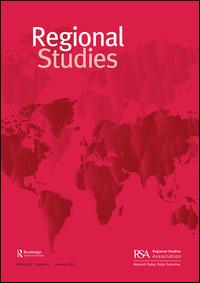
The Identification of Regional Industrial Clusters Using Qualitative Input-Output Analysis (QIOA)
in: Regional Studies, Nr. 1, 2011
Abstract
The 'cluster theory' has become one of the main concepts promoting regional competitiveness, innovation, and growth. As most empirical applications focus on measures of concentration of one industrial branch in order to identify regional clusters, the appropriate analysis of specific vertical relations is developing in this discussion. This paper tries to identify interrelated sectors via national input-output tables with the help of minimal flow analysis (MFA). The regionalization of these national industry templates is carried out with the allocation of branch-specific production values on regional employment. As a result, the paper shows concentrations of vertical clusters in only 27 of 439 German Nomenclature des Units Territoriales Statistiques (NUTS)-3 regions.

Economic Structure and Regional Performance in Germany, 2002-2007
in: European Planning Studies, Nr. 2, 2012
Abstract
This paper explores the impact of industrial clusters on regional growth at the German labour market region level using a regional convergence model. Based on the results of an exploratory study of the geography of German industrial clusters, we are able to differentiate the impact of industrial clustering from a horizontal and a vertical perspective while taking regional convergence into consideration. The results indicate that in addition to an all-German process of convergence, a specific East German one can be identified. The different types of industrial clusters show mixed effects within this framework. While vertically isolated industrial clusters have a negative impact on regional growth in this period, positive growth effects can be identified when industrial clusters show an intra-regional vertical interconnectedness.
Arbeitspapiere

Do Manufacturing Firms Benefit from Services FDI? – Evidence from Six New EU Member States
in: IWH Discussion Papers, Nr. 5, 2015
Abstract
This paper focuses on the effect of foreign presence in the services sector on the productivity growth of downstream customers in the manufacturing sector in six EU new member countries in the course of their accession to the European Union. For this purpose, the analysis combines firm-level information, data on economic structures and annual national input-output tables. The findings suggest that services FDI may enhance productivity of manufacturing firms in Central and Eastern European (CEE) countries through vertical forward spillovers, and thereby contribute to their competitiveness. The consideration of firm characteristics shows that the magnitude of spillover effects depends on size, ownership structure, and initial productivity level of downstream firms as well as on the diverging technological intensity across sector on the supply and demand side. The results suggest that services FDI foster productivity of domestic rather than foreign controlled firms in the host economy. For the period between 2003 and 2008, the findings suggest that the increasing share of services provided by foreign affiliates enhanced the productivity growth of domestic firms in manufacturing by 0.16%. Furthermore, the firms’ absorptive capability and the size reduce the spillover effect of services FDI on the productivity of manufacturing firms. A sectoral distinction shows that firms at the end of the value chain experience a larger productivity growth through services FDI, whereas the aggregate positive effect seems to be driven by FDI in energy supply. This does not hold for science-based industries, which are spurred by foreign presence in knowledge-intensive business services.

Isolation and Innovation – Two Contradictory Concepts? Explorative Findings from the German Laser Industry
in: IWH Discussion Papers, Nr. 1, 2015
Abstract
We apply a network perspective and study the emergence of core-periphery (CP) structures in innovation networks to shed some light on the relationship between isolation and innovation. It has been frequently argued that a firm’s location in a densely interconnected network area improves its ability to access information and absorb technological knowledge. This, in turn, enables a firm to generate new products and services at a higher rate compared to less integrated competitors. However, the importance of peripheral positions for innovation processes is still a widely neglected issue in literature. Isolation may provide unique conditions that induce innovations which otherwise may never have been invented. Such innovations have the potential to lay the ground for a firm’s pathway towards the network core, where the industry’s established technological knowledge is assumed to be located. The aim of our paper is twofold. Firstly, we propose a new CP indicator and apply it to analyze the emergence of CP patterns in the German laser industry. We employ publicly funded Research and Development (R&D) cooperation project data over a period of more than two decades. Secondly, we explore the paths on which firms move from isolated positions towards the core (and vice versa). Our exploratory results open up a number of new research questions at the intersection between geography, economics and network research.

Does Proximity Matter in the Choice of Partners in Collaborative R&D Projects? – An Empirical Analysis of Granted Projects in Germany
in: IWH Discussion Papers, Nr. 12, 2014
Abstract
This paper contributes to the discussion on the importance of physical distance in the emergence of cross-region collaborative Research and Development (R&D) interactions. The proximity theory, and its extensions, is used as a theoretical framework. A spatial interaction model for count data was implemented for the empirical analysis of German data from the period from 2005 to 2010. The results show that all tested proximity measurements (geographical, cognitive, social and institutional proximity) have a significant positive influence on collaboration intensity. The proximity paradox, however, cannot be confirmed for geographical, social and institutional proximity, but for cognitive proximity.

Is Subsidizing Companies in Difficulties an Optimal Policy? An Empirical Study on the Effectiveness of State Aid in the European Union
in: IWH Discussion Papers, Nr. 9, 2014
Abstract
Even though state aid in order to rescue or restructure ailing companies is regularly granted by European governments, it is often controversially discussed. The aims for rescuing companies are manifold and vary from social, industrial and even political considerations. Well-known examples are Austrian Airlines (Austria) or MG Rover (Great Britain). Yet, this study aims to answer the question whether state aid is used effectively and whether the initial aim why aid has been paid has been reached, i.e. the survival of the company. By using data on rescued companies in the EU and applying a survival analysis, this paper investigates the survival rates of these companies up to 15 years after the aid has been paid. In addition, the results are compared to the survival rates of non-rescued companies which have also been in difficulties. The results suggest that despite the financial support, business failure is often only post-poned; best survival rates have firms with long-term restructuring, enterprises in Eastern Europe, smaller firms and mature companies. However, non-funded companies have an even higher ratio to go bankrupt.
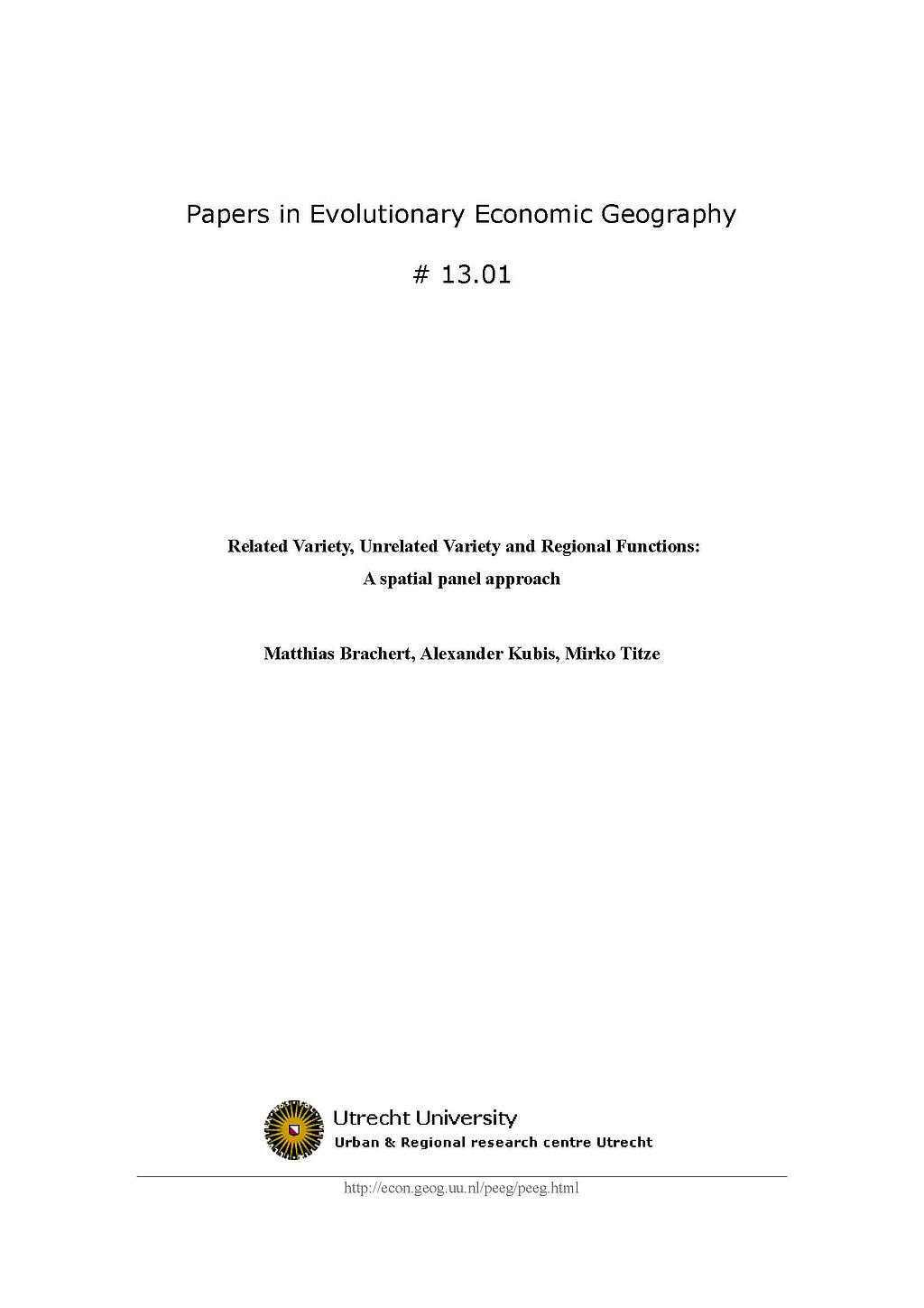
Related Variety, Unrelated Variety and Regional Functions: A spatial panel approach
in: Papers in Evolutionary Economic Geography, 2013
Abstract
The paper presents estimates for the impact of related variety, unrelated variety and the functions a region performs in the production process on regional employment growth in Germany. We argue that regions benefit from the existence of related activities that facilitate economic development. Thereby the sole reliance of the related and unrelated variety concept on standard industrial classifications (SIC) remains debatable. We offer estimations for establishing that conceptual progress can be made when the focus of analysis goes beyond solely considering industries. We develop an industry-function based approach of related and unrelated variety and test our hypothesis by the help of spatial panel approach. Our findings suggest that related variety as same as unrelated variety facilitate regional employment growth in Germany. However, the drivers behind these effects do differ. While the positive effect of related variety is driven by high degrees of relatedness in the regional “R&D” and “White-Collar”-functions, the effects of unrelated variety are spurred by “Blue Collar”-functions in this period.














